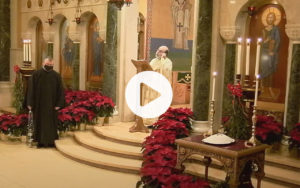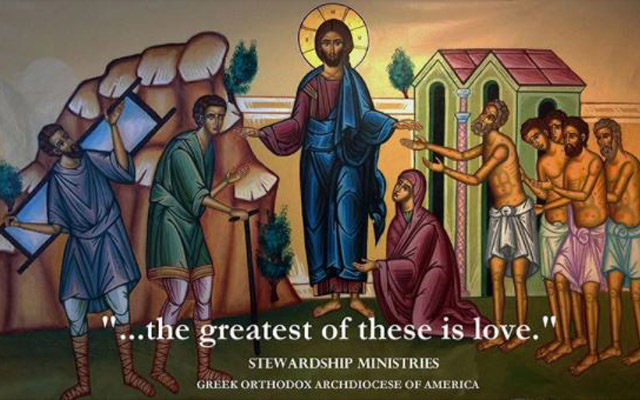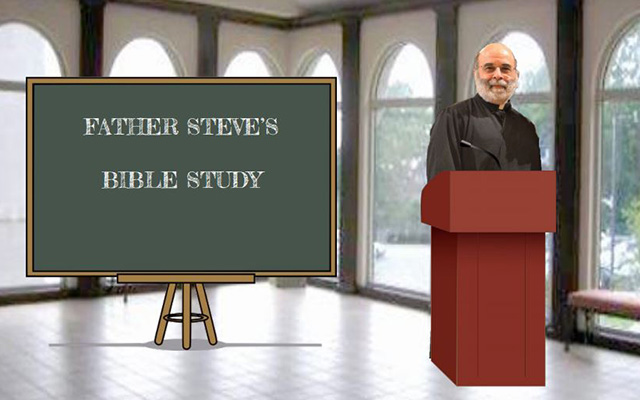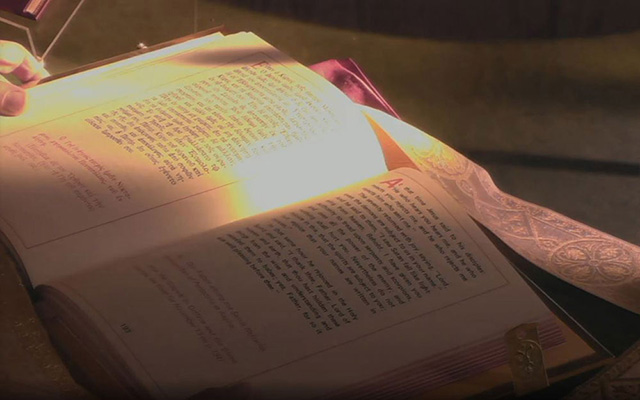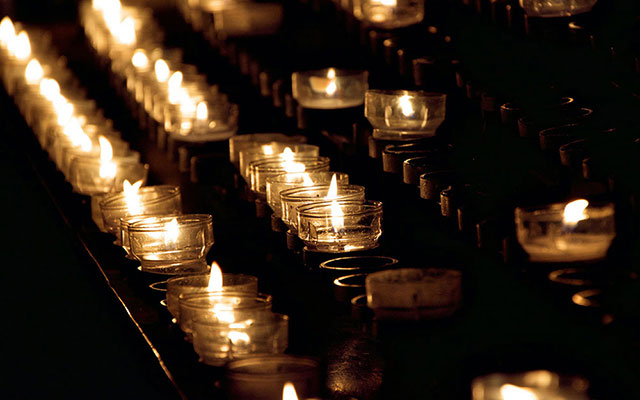A Noetic Life
By Fr. Stephen Freeman, September 17, 2021 The Native Peoples of Alaska and the far north really do have over 50 words for snow. In total, there are around 180 words for snow and ice. There is “aqilokoq” for “softly falling snow” and “piegnartoq” for “the snow [that is] good for driving a sled.” There is also “utuqaq,” which means, “ice that lasts year after year” and “siguliaksraq,” the patchwork layer of crystals that forms as the


